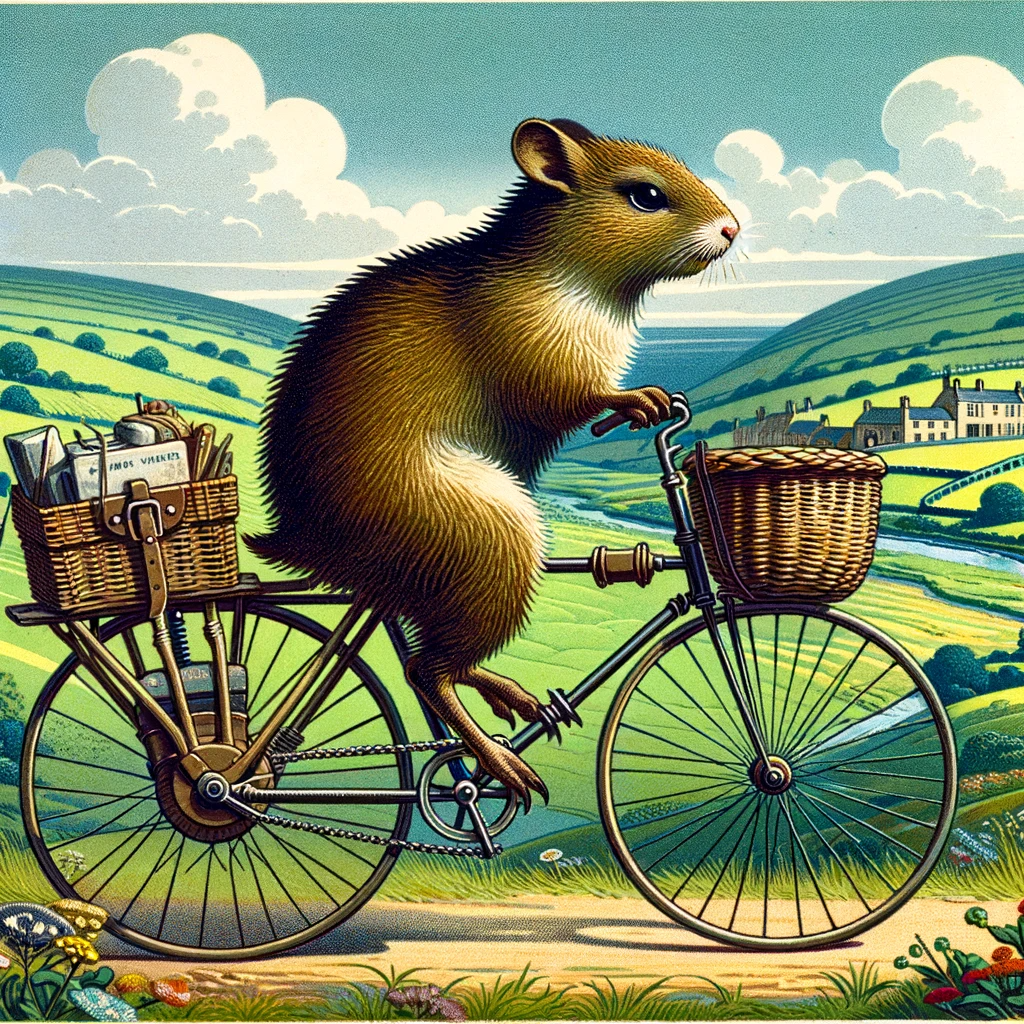Weather app fail this morning, dressed for the -1 not so much for the torrent of rain that accompanied it mid-ride. Trousers soaked but lucky I had my merino wool base layers on held up enough on the water but more importantly the temperature. All hail, premium sheep hair!
I’ve always been curious, but the premium held me back. What’s the difference between regular wool and merino? Do you think regular wool base layers wouldn’t have kept up?
The primary difference is that Merino wool comes from Merino sheep. As for what makes the wool special, it appears to be the size of the fiber itself. The USDA has specifications for wool grades based on the size of the fiber, and Merino wool fibers range in size from <18 microns to 26 microns; for reference, a human hair ranges in size from about 50 - 100 microns. That puts all of Merino wool at grade 62 or better. Because it’s a finer fiber, each individual strand is more flexible, which makes it less scratchy. The flip side of that is that a lighter fiber means that it’s also less strong, so Merino isn’t well suited to outerwear that’s going to be used in more austere environments. Wool in general doesn’t have very good abrasion resistance, and a very light fiber will be much less so.
Any wool base layer made from sheep’s wool should keep up just fine, but a coarser wool is going to feel less comfortable against your skin. I have an old Army milsurp sweater, and the wool is very coarse; most people would not find it comfortable on their skin.
IIRC the key difference is that it’s smoother/softer and doesn’t feel itchy. I only own merino wool stuff though and can’t remember last time I wore regular wool, so not sure of other differences.
Bought a bunch of long sleeve shirts from Costco (like 15ish?) when they were cheap, as low as $6 per shirt as well as their Kirkland socks (for women, men’s are garbage) so some good deals can still be had there on certain products.
Only saw 50% merino wool/synthetic mix base layers though for sale there, but I know Ice breaker can occasionally have decent sales, but their prices have gone up over the years and quality down a bit since they move production out of NZ.
Edit: I think I first saw the shirts in UK, but only bought them in Canada and they’re made in Canada. They’ve doubled in price (non sale) in the last 3-4 years, but still cheaper than anywhere else and could be used as base layer.
Any polyester could’ve done that but without animal abuse?
No. Polyester simply doesn’t have the same properties that wool does. Polypropylene is a good base layer for moving sweat away from your skin, but won’t keep you warm when it’s soaked. Cellulose fibers (cotton, linnen, hemp, rayon, etc.) soak up water, and will kill you from hypothermia in cold weather. Also, shearing sheep is not inherently harmful or abusive; on the contrary, sheep that are not shorn may become immobile due to the bulk of the wool. Sheep have been selectively bred for thousands of years for wool production, and so failing to shear a sheep is harmful to them. Additionally, wool is FAR better for the environment overall than any synthetic fiber, which are all made from oil.
I have a polyester ski jacket and I haven’t frozen to death on the slopes yet.
Sheep have been selectively bred for thousands of years for wool production, and so failing to shear a sheep is harmful to them.
Selectively breeding an animal to be reliant on you does not suddenly give you the right to do anything to them. If you really believe they suffer unless you put them through the shearing process (which is not peaceful, look it up on YouTube) then maybe don’t breed them into existence? This is the same concept as pugs who have been selectively bread to look cute but would be better off not being bred into existence because of their many physical problems caused by this selective breeding.
You also fail to mention that all sheep go to a slaughterhouse where they are killed by stabbing at a fraction of their natural lifespan.
wool is FAR better for the environment
Source? I don’t believe you can justify animal abuse with this but since you seem to think so so I will entertain you.
the wool required to make one knit sweater is responsible for 27 times more greenhouse gases than a comparable cotton sweater and requires 247 times more land. - CIRCUMFAUNA
Oh boy! Microplastics!



